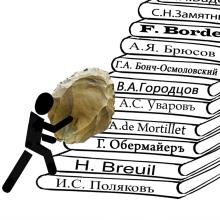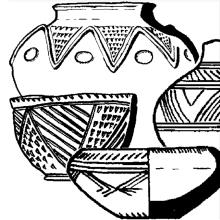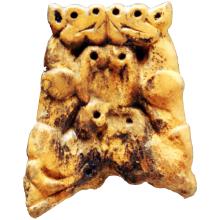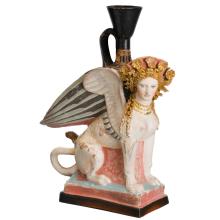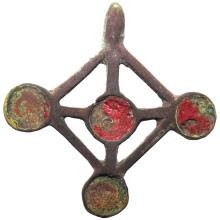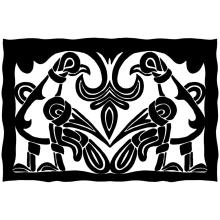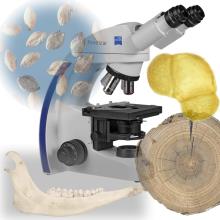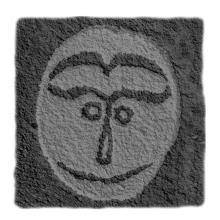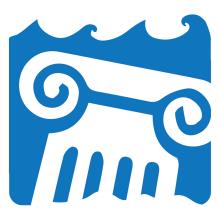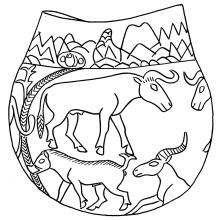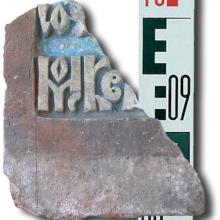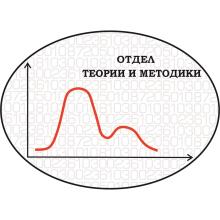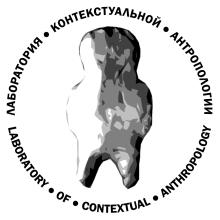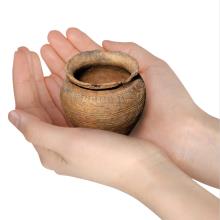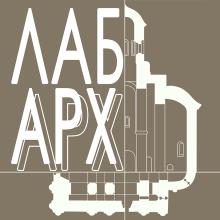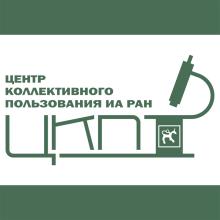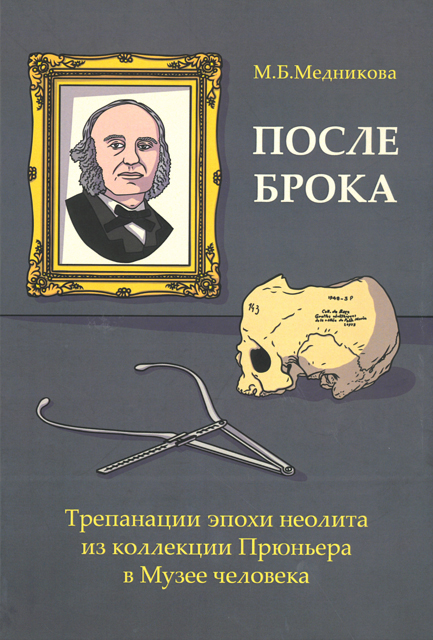 Поль Брока – знаковая фигура в истории мировой науки, выдающийся исследователь, оставивший свой след в нейрохирургии, основатель первого научного общества физических антропологов. К числу его достижений принадлежит заслуга первого научного описания феномена прижизненной трепанации головы, ставшей распространенной практикой среди населения с территории Франции, начиная с эпохи неолита. Данная публикация впервые за более чем 140‑летнюю историю этих находок обращается к непосредственному описанию черепов со следами оперативного воздействия из хранения Музея человека в Париже. С точки зрения современной палеопатологии впервые рассматриваются в таком объеме уникальные антропологические материалы, позволяющие изучить навыки древних хирургов. Благодаря привлечению сравнительных материалов из французской остеологической коллекции антропологический источник позволяет проследить эволюцию техник хирургического вмешательства у населения разных эпох: от неолитических земледельцев до галлов (кельтов), жителей Франции римского времени и раннесредневековых меровингов. Эти данные рассмотрены в контексте сведений, накопленных специалистами в области палеопатологии после Брока. Книга адресована антропологам, палеопатологам, историкам медицины и археологам.
Поль Брока – знаковая фигура в истории мировой науки, выдающийся исследователь, оставивший свой след в нейрохирургии, основатель первого научного общества физических антропологов. К числу его достижений принадлежит заслуга первого научного описания феномена прижизненной трепанации головы, ставшей распространенной практикой среди населения с территории Франции, начиная с эпохи неолита. Данная публикация впервые за более чем 140‑летнюю историю этих находок обращается к непосредственному описанию черепов со следами оперативного воздействия из хранения Музея человека в Париже. С точки зрения современной палеопатологии впервые рассматриваются в таком объеме уникальные антропологические материалы, позволяющие изучить навыки древних хирургов. Благодаря привлечению сравнительных материалов из французской остеологической коллекции антропологический источник позволяет проследить эволюцию техник хирургического вмешательства у населения разных эпох: от неолитических земледельцев до галлов (кельтов), жителей Франции римского времени и раннесредневековых меровингов. Эти данные рассмотрены в контексте сведений, накопленных специалистами в области палеопатологии после Брока. Книга адресована антропологам, палеопатологам, историкам медицины и археологам.
Mednikova M. After Broca. Trepanations of the Neolithic age from Prunieres collection in Museum of Man. Moscow: Institute of archaeology RAS, Club Print, 2018. 208 p.
Paul Broca is a symbolic figure in the history of world science, an outstanding researcher, the founder of the first scientific society of physical anthropologists, who also left his mark in neurosurgery. Among his achievements is the first scientific description of the phenomenon of intravital trepanation, a common practice among the population from the territory of France since the Neolithic. New study directly refers to the description of skulls with traces of operational impact from the storage of the Museum of Man in Paris for the first time in the more than 140‑year history of these finds. These unique anthropological materials allow to study the skills of ancient surgeons from the point of view of modern palaeopathology. By examining comparative materials from the French osteological collection an anthropological source allows us to trace the evolution of surgical intervention techniques among people from different ages: from Neolithic farmers to Gauls (Celts), inhabitants of France of the Roman time and early medieval Merovingians. These data are considered in the context of information accumulated by experts in the field of palaeopathology after Broca. The book is written for anthropologists, palaeopathologists, medical historians and archaeologists. In Russian with English summary. 195 figures.
После Брока. Трепанации эпохи неолита из коллекции Прюньера в Музее Человека


